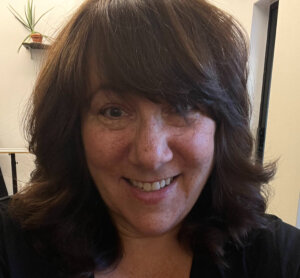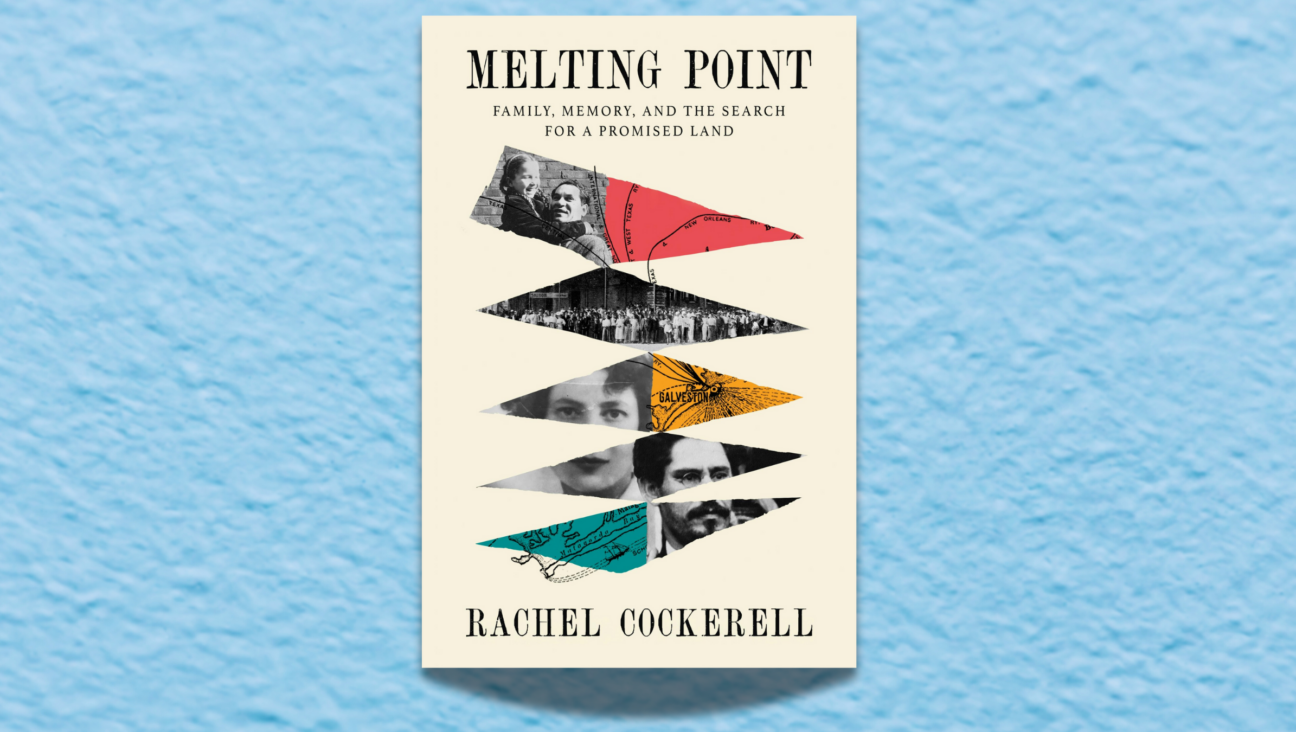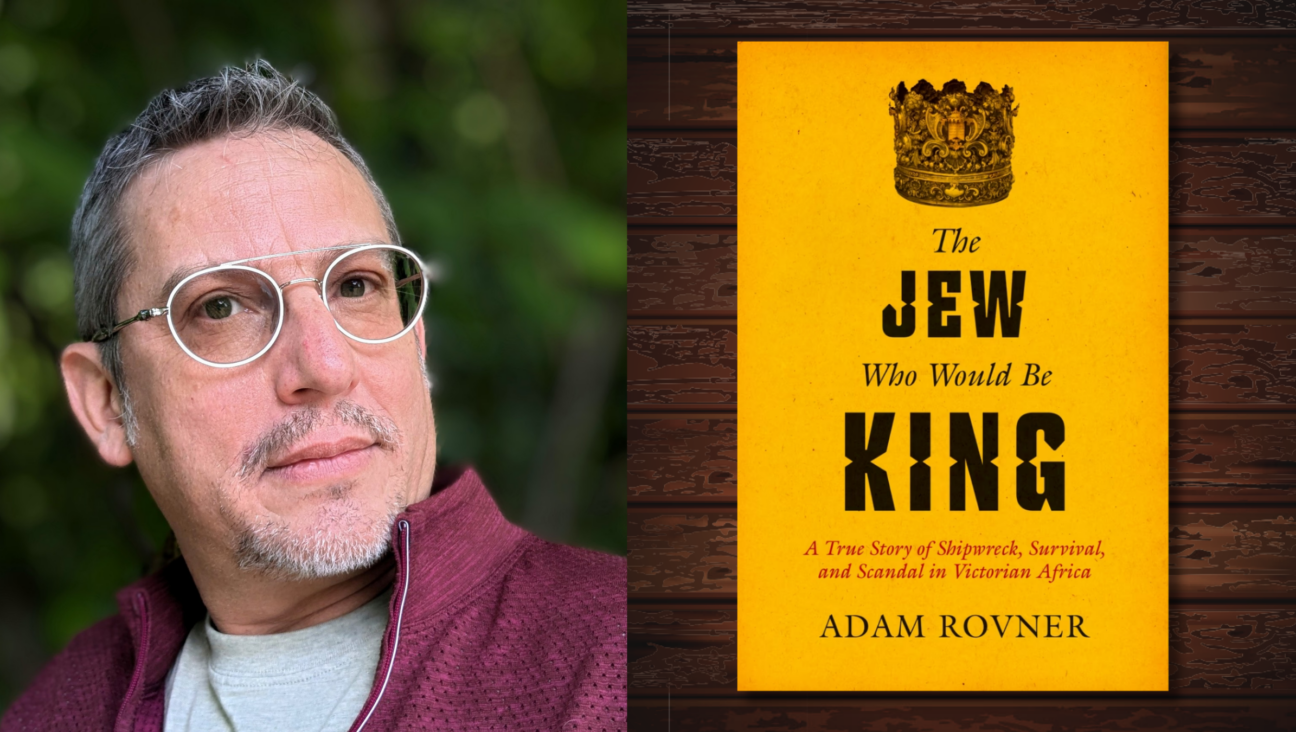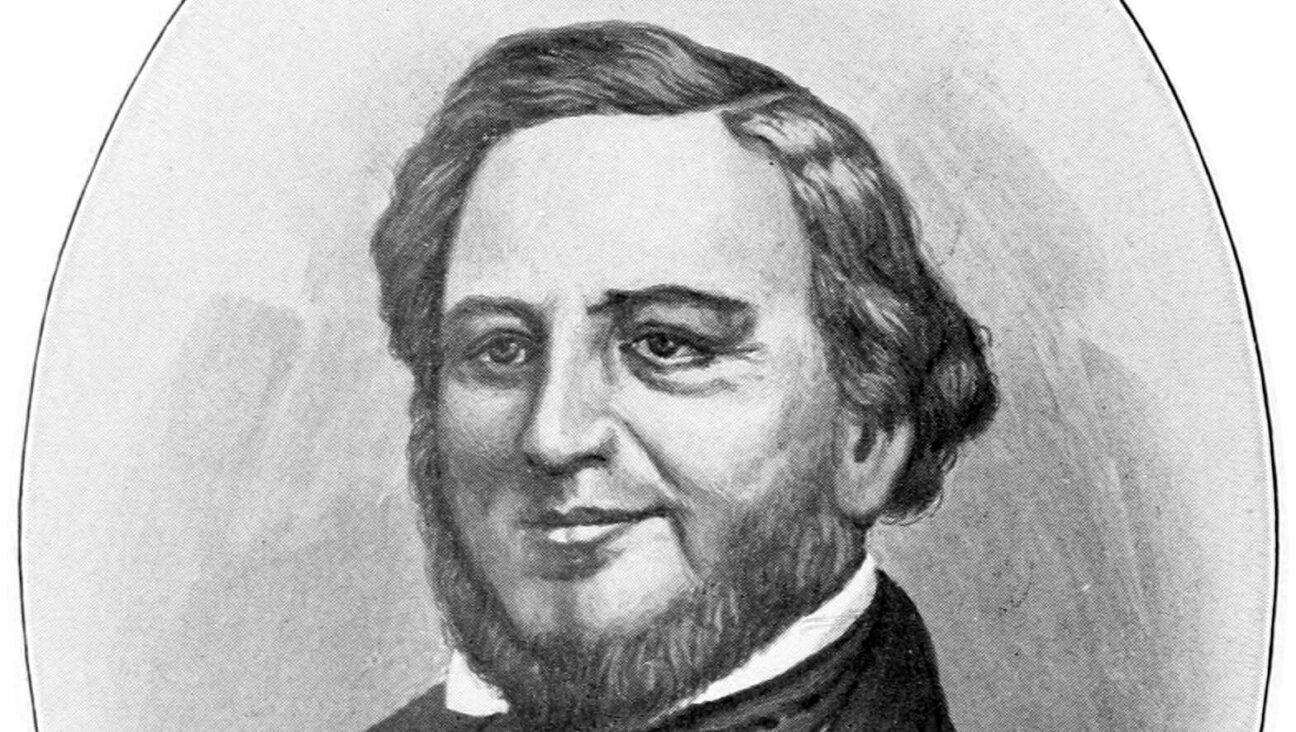Novelist Explores Love, Sorcery And The Talmud

With her new book, “Rav Hisda’s Daughter: Book 1, Apprentice,” Maggie Anton, author of the “Rashi’s Daughters” trilogy, unearths a different chapter of Jewish history, giving readers a peek into what life may have been like for a Jewish woman in 3rd century Babylonia. Weaving together research on the religious life and culture, the sociology and even the statecraft of the era, the book follows the youngest child of famed Rav Hisda (or Chisda), who is one of the Talmud’s central rabbinic characters.
Anton’s curiosity was piqued early on in her own study of Talmud, which began in 1992, when she discovered the young daughter of Rav Hisda, who in Bava Batra 12b is described as sitting on her father’s lap. Two of his students, Rava and Rami bar Hama, stand in front of them, and Rav Hisda asks which of the boys she wants to marry. She replies “both,” and according to the Talmud, the fact that Rava said he wants to be the last she marries (which is indeed what happens) is evidence of children possessing the gift of prophecy.
“I thought ‘what a girl, what a story!’” Anton told The Sisterhood. “In 1995, when I wanted to write a novel about women and Talmud, I decided to write ‘Rashi’s Daughters’ because I thought it was easier to research 11th century France than 3rd century Babylonia. But in the back of my mind I thought, ‘what was life like in those times?’”
Hisda’s daughter is mentioned in more passages of Talmud than any other female, Anton says. The Talmud is full of rabbis’ names as they discuss and debate through the millennia, and while a few women come into play, by and large they remain nameless, identified only as “Em,” or “mother,” or as daughter of so-and-so. While Hisda’s daughter is nameless (though often mentioned in Gemara), Anton calls her Hisdadukh, or “daughter of Hisda,” as it would have been in Persian.
“Rav Hisda’s Daughter: Book 1, Apprentice” follows Hisdadukh from about the age of nine through her middle adulthood — from being the youngest of nine children and the daughter of an impressive, if distant, mother, to a betrothed young woman; through the pleasures of early marriage and then the death of her first husband, Rami. She becomes a sorceress-trainee, and then comes into her own as the possessor of magical powers even as she suffers personal tragedies.
The Talmud itself was Anton’s primary source for the book. “Most of the themes are taken from actual Gemara scenes. The rivalry between Rami and Rava, the way they argue with each other, the name calling, it’s a whole level of antagonism you don’t usually see. But it’s all there. It is a novelist’s gold mine.”
Likewise, much of what she writes about magic and demonology is straight from Gemara. “We know Rav Hisda cast spells. Just the fact that in that day and age he had nine children, including seven sons, who all lived to adulthood. The rabbis talk about how blessed Rav Hisda’s household was, that he was pious and had 60 weddings while another pious rabbi had 60 funerals” in his family. ”It’s not just their piety, something is protecting them.”
Anton’s research was enhanced by the growing scholarship around Babylonian incantation bowls, which were inscribed with spells and buried under the home of the person they were meant to protect. One incantation bowl has the earliest written documentation of the Mishna, Anton says. “It’s amazing. To have Mishna quoted in a Babylonian incantation bowl signifies that the Mishna was known in Babylonia by whoever was creating them.”
The Talmud talks about permitting sorcery for protection and healing, and about a head sorceress, says Anton. “They have a hierarchy, which implies a whole education system. That just flabbergasted me. This is tangible. The Talmud got written down in 900 C.E. and we don’t have too much stuff from this time period, but we have these bowls in our hands.”
“I started writing more stuff about the magic because this was a woman’s domain. There was a very cosmopolitan melding of society there,” as some incantation bowls mention Jewish and Zoroastrian deities, she said. “In fighting demons they often took whatever help they could get.”
This period in Babylonia was a fascinating subject, Anton says. “This is the crucible of monotheism. Most people have never heard of Zoroastrianism whereas at one time they were the predominant monotheistic religion in the world while Christianity was barely coming into existence. Jews were in both societies, dealing with Christians on the one hand, Zoroastrians on the other. Jews were in the thick of it.”
Many traditional Jewish beliefs overlap with Zoroastrian theology, Anton says. “That there is life after you die, are judged after you die, this comes from Zoroastrianism. Procreation is a virtue for the Zoroastrians as well. They had a purity system very similar to Judaism. It came out of the same pot in a way. Zoroastrianism was not a proselytizing religion. The two lived happily together for 1,000 years in Babylonia.”
And while we no longer use incantation bowls, we do use some of the same type of magic, says Anton. “The mezuzah is an amulet. And the traveler’s prayer is an incantation, a protective spell, created by Rav Hisda. That’s straight out of the Talmud, the one incantation we have from Rav Hisda.”
Now 62 and retired from working as a clinical chemist in hospital laboratories, Anton, identifies as a Reform Jew. She says that part of her reason for writing these books centered on women’s lives during the Talmud’s eras “is to get more liberal Jews, more women, to study Talmud. This is an important piece of our heritage.”
And “it’s fun. There’s cool stuff in there.”
The Forward is free to read, but it isn’t free to produce

I hope you appreciated this article. Before you go, I’d like to ask you to please support the Forward.
Now more than ever, American Jews need independent news they can trust, with reporting driven by truth, not ideology. We serve you, not any ideological agenda.
At a time when other newsrooms are closing or cutting back, the Forward has removed its paywall and invested additional resources to report on the ground from Israel and around the U.S. on the impact of the war, rising antisemitism and polarized discourse.
This is a great time to support independent Jewish journalism you rely on. Make a gift today!
— Rachel Fishman Feddersen, Publisher and CEO
Support our mission to tell the Jewish story fully and fairly.
Most Popular
- 1

Fast Forward Ye debuts ‘Heil Hitler’ music video that includes a sample of a Hitler speech
- 2

Opinion It looks like Israel totally underestimated Trump
- 3
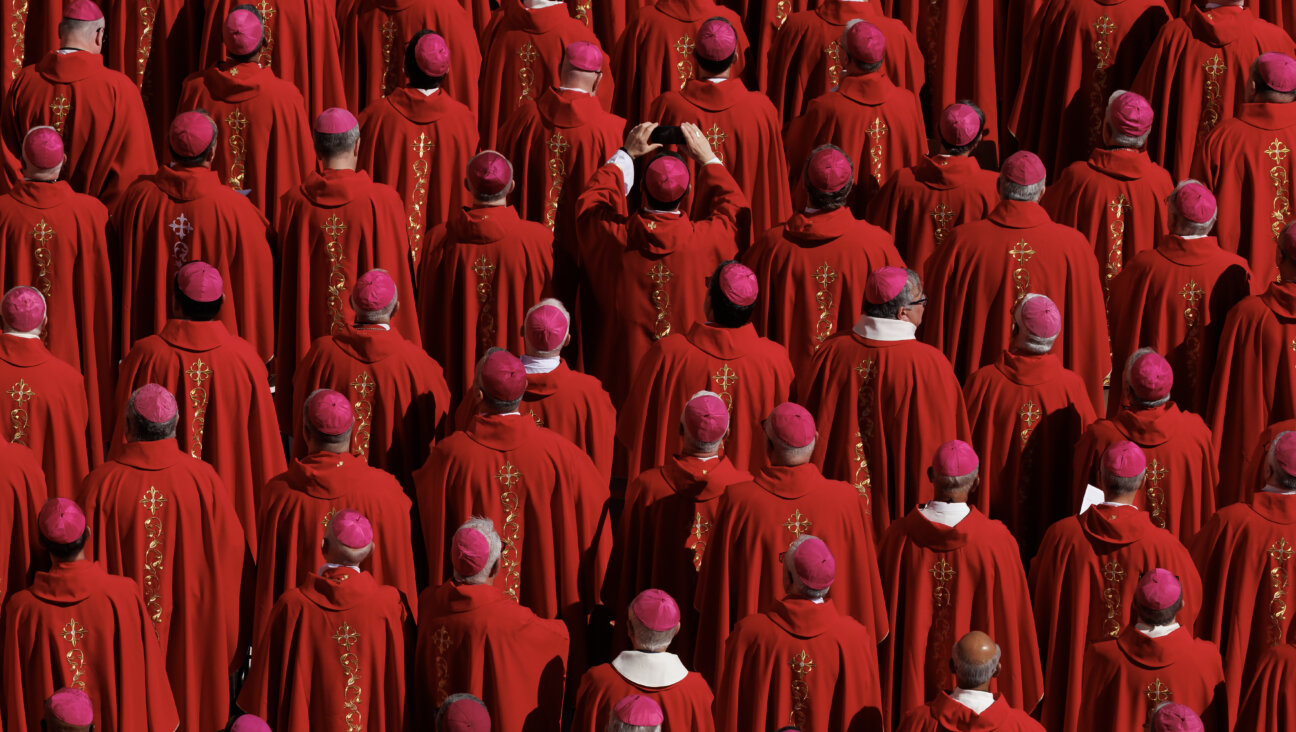
Culture Cardinals are Catholic, not Jewish — so why do they all wear yarmulkes?
- 4

Fast Forward Student suspended for ‘F— the Jews’ video defends himself on antisemitic podcast
In Case You Missed It
-
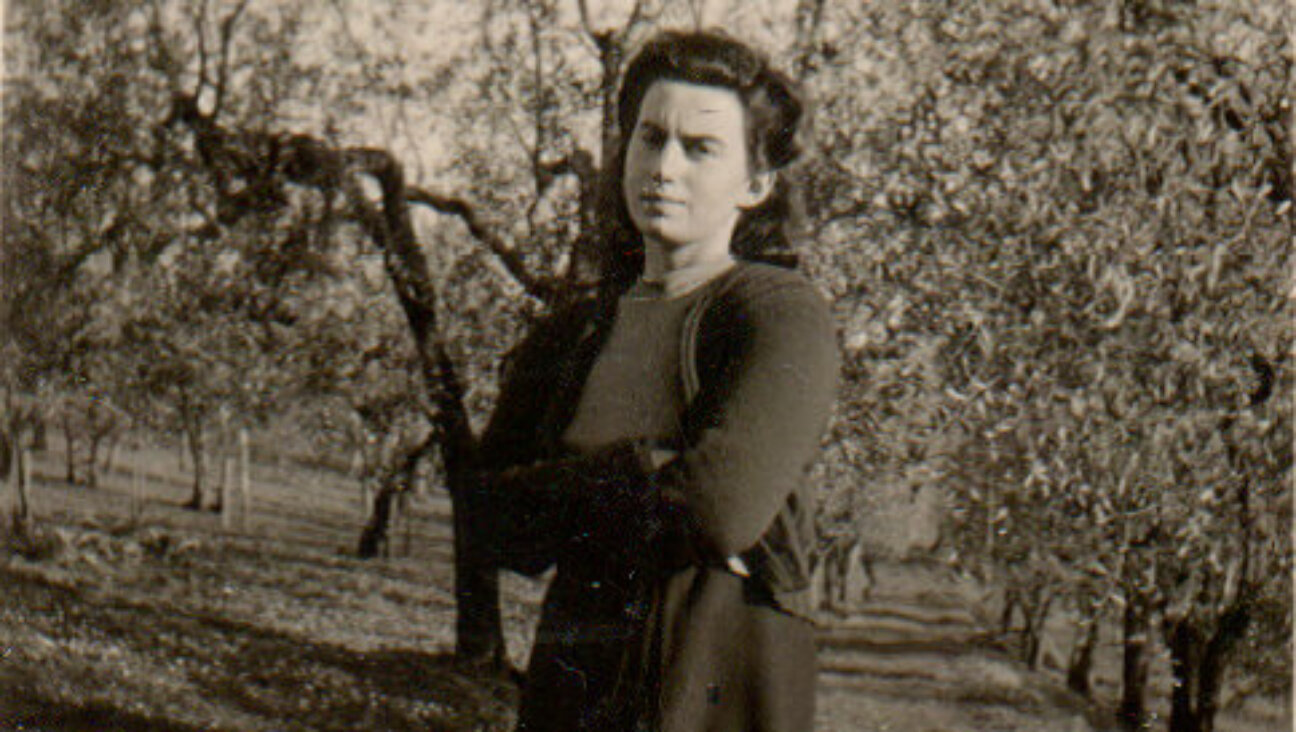
Culture How one Jewish woman fought the Nazis — and helped found a new Italian republic
-

Opinion It looks like Israel totally underestimated Trump
-

Fast Forward Betar ‘almost exclusively triggered’ former student’s detention, judge says
-
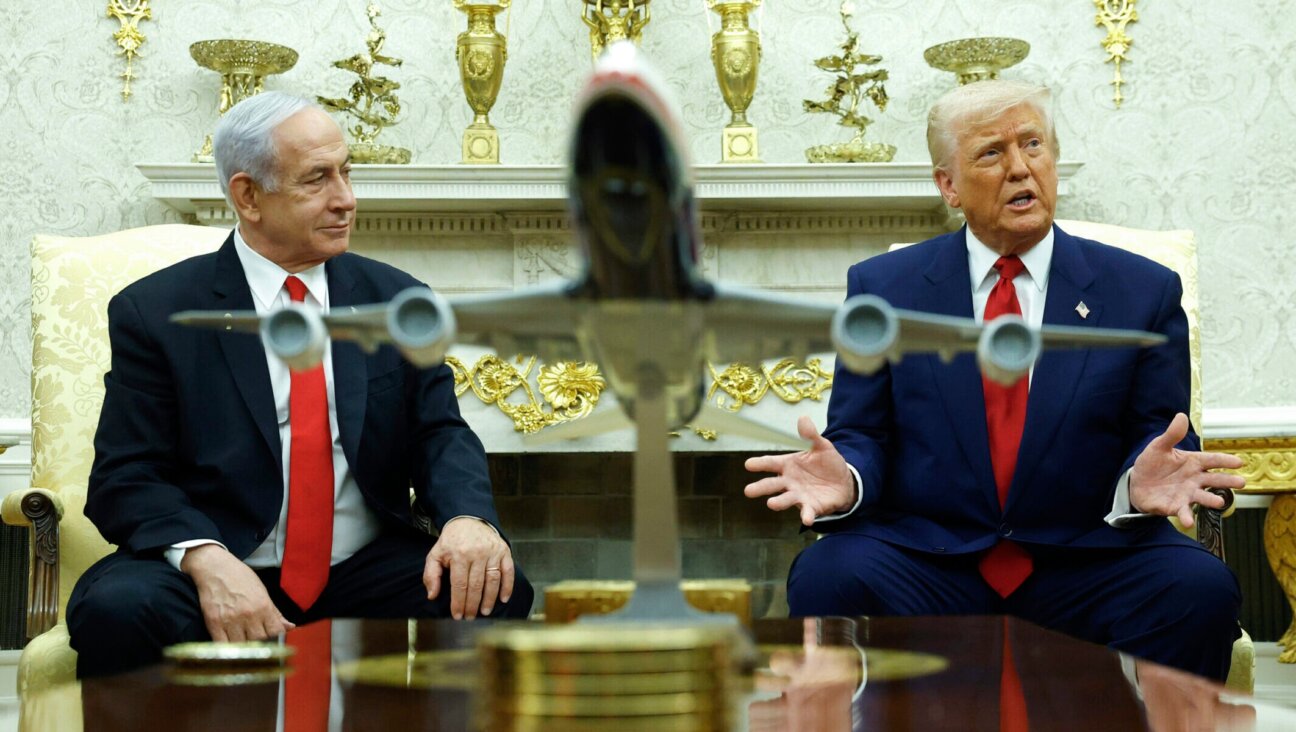
Fast Forward ‘Honey, he’s had enough of you’: Trump’s Middle East moves increasingly appear to sideline Israel
-
Shop the Forward Store
100% of profits support our journalism
Republish This Story
Please read before republishing
We’re happy to make this story available to republish for free, unless it originated with JTA, Haaretz or another publication (as indicated on the article) and as long as you follow our guidelines.
You must comply with the following:
- Credit the Forward
- Retain our pixel
- Preserve our canonical link in Google search
- Add a noindex tag in Google search
See our full guidelines for more information, and this guide for detail about canonical URLs.
To republish, copy the HTML by clicking on the yellow button to the right; it includes our tracking pixel, all paragraph styles and hyperlinks, the author byline and credit to the Forward. It does not include images; to avoid copyright violations, you must add them manually, following our guidelines. Please email us at [email protected], subject line “republish,” with any questions or to let us know what stories you’re picking up.



